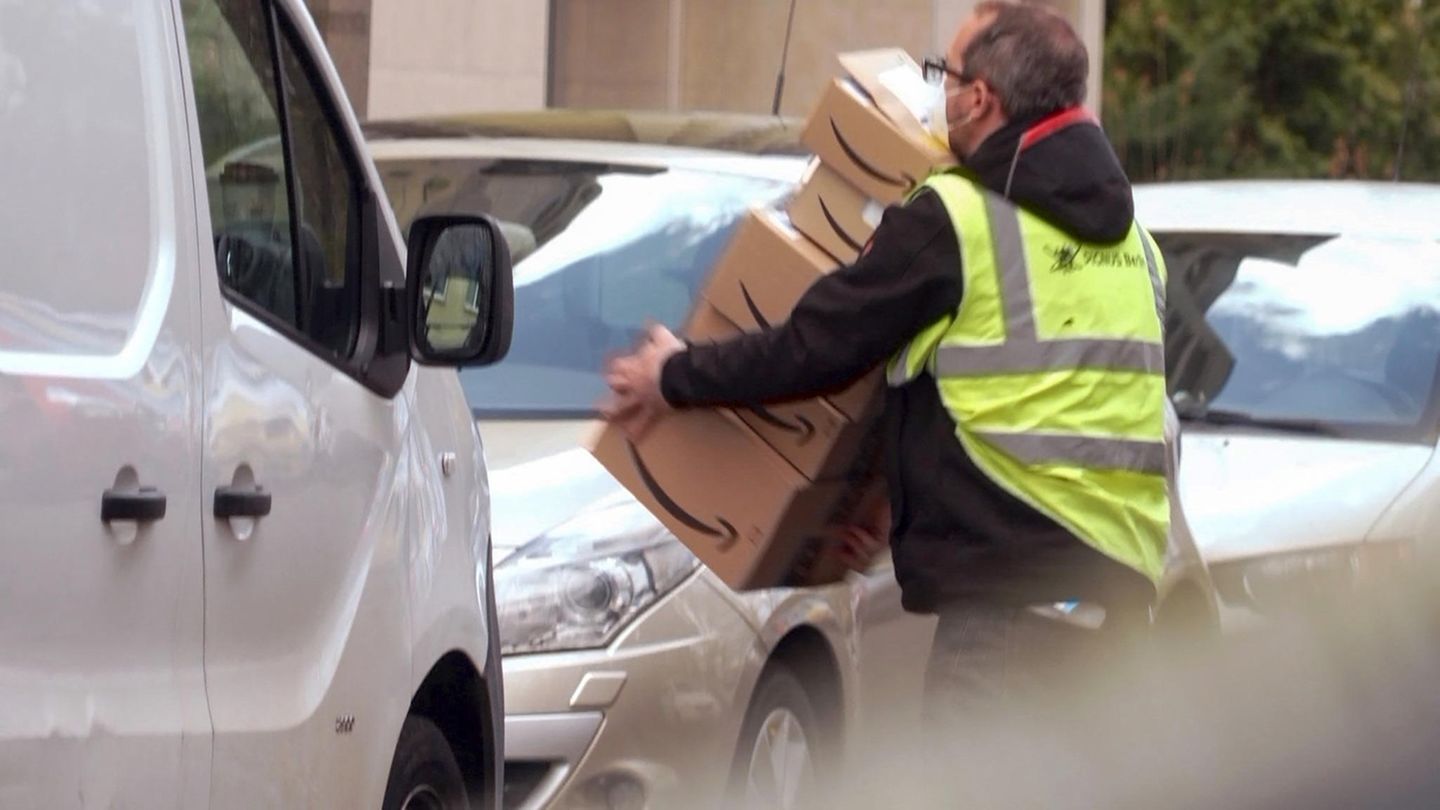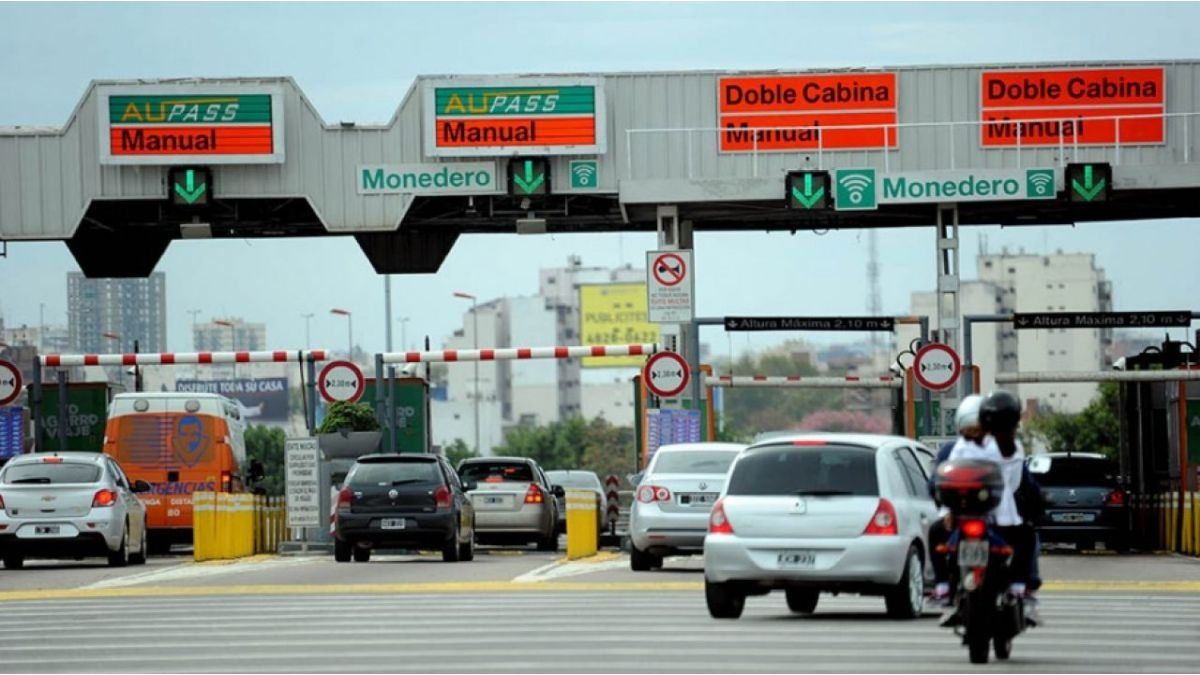As an undercover reporter for “Team Wallraff”, Alexander Römer immersed himself in the world of Amazon parcel drivers. He reports on dubious sub-contractors, the daily time pressure and how he was monitored every step of the way.
Mr. Römer, as an undercover reporter for “Team Wallraff” you drove out for Amazon parcels in Berlin. One can imagine that this is not an easy job. What surprised you the most?
I was positively surprised by how friendly and helpful the drivers are to each other. The drivers I dealt with were extremely friendly, even if you could only communicate with your hands and feet because not all of them spoke German. They see themselves as fellow sufferers. At the end of my undercover assignment, the drivers I had to deal with the most congratulated me and were happy that I no longer had to work at Amazon.
How do you actually become an Amazon driver?
Via Ebay classifieds. In Berlin alone there are currently over 300 job advertisements from subcontractors who are looking for Amazon drivers. I also wrote a classified ad and got an answer within a few hours, shortly after midnight. The first thing I should do is send my social security certificate, bank card, ID card and other things to a complete stranger via Whatsapp. This is a bit strange for people who work in regular employment relationships, but it is a requirement there.
What happened next?
I had to come to a company called Pignus in an industrial area, in a run-down building, there was rubbish in the entrance area, everything really strange. There I met a woman and a man who presented me with an employment contract for 11 euros gross per hour. I was told that I would sign the employment contract here, but would then work for another subcontractor. Amazon wouldn’t know and I shouldn’t be telling this around, but that’s how it would work.
Junk-ripe vans and total surveillance
So you worked for a sub-contractor of the sub-contractor?
Exactly. At the first meeting, this sub-sub-contractor handed me a truck that was ready for scrap. My transporterhad almost 99,000 kilometers down, broken seats, stains on the upholstery, everything was dirty and it smelled gross. I suspect these were urine stains because some drivers pee in bottles during the day because there is no time to go to the bathroom.
I beg your pardon, seriously?
Several drivers told me that. I then had to think of something. Cafes and restaurants were closed at the time, so I looked for a tree in the middle of residential areas, which was really uncomfortable for me. There is simply no other way, otherwise you won’t make the tour.
What was a typical working day as an Amazon driver like?
Shortly before nine, I met 30 to 40 other drivers in an industrial area and then drove up to the Amazon site. In the yard I had a quarter of an hour to fetch the parcels from the warehouse, to scan them and to load them. This is clocked through militarily. Sometimes a so-called marshall was standing on the premises and called to me with a megaphone how many minutes I still have to invite.
How bad is the time pressure when delivering the parcels?
Apparently a tour only lasts eight hours plus a break, but that often doesn’t fit. As a newcomer, I received 80 to 120 parcels a day, later it will be around 200. Dodging is not possible. Of course, if you have 15 parcels for a house with 20 floors, you cannot ring each one individually and wait for an answer. You then ring through all the names and if someone is not at home, you try to hand the parcel over to a neighbor. Bringing the parcels back with you in the evening is not an option. You’ll get in a lot of trouble. But not only for that …
For what else?
Each driver not only gets a scanner, but also a so-called mentor app installed on it. You are completely monitored over it. Incidentally, the scanner and the app must be operated from your private mobile phone via a hotspot. Amazon doesn’t even pay for that. But you can’t work without the scanner, it shows you where to go and where the parcels have to go. Not only does Amazon always know exactly where you are and what time you are doing, it also monitors your driving behavior. It is tracked whether you brake hard, how you turn corners, how strong the vibrations are when you drive up the sidewalk. If you are worse than your teammates at something, and especially if you are too slow, then you will be pilloried by your superior in front of the other colleagues.
Does this extreme transparency at least ensure that breaks and working times are adhered to?
In theory only. In practice, you can simply push away the suggested break on the scanner. And when a driver reaches normal working hours, another driver comes and brings a new scanning device to suggest that someone else is working there. A colleague told me that he sometimes starts in the morning and sometimes doesn’t get home until around 10 p.m.
How long was the working day for you?
Officially, a tour lasts eight hours, plus an hour’s break. In fact, I’ve always worked ten to eleven hours. Based on the actual working hours, I came to an hourly wage of less than eight euros. And if someone manages his tour earlier than planned, the algorithm in the scanner ensures that Amazon packs more parcels on the tour next time.
They drove out parcels for a week. How did the driver colleagues, who have been doing this for a long time, cope with the workload?
Some cannot physically do it and still carry on. I had a colleague who had a big knee and hobbled and I told him to see a doctor. But he told me in broken German that he had to do it, he needed the money. These are people who are completely exhausted and do everything to get money because they have no other option. The positive is: Everyone gets a chance for a job at Amazon. But of course there are also many employees who, when in doubt, do not insist on their rights. I believe that someone who knows their rights will not put up with this in the long run.
Has this experience also changed your behavior as a customer?
I now understand the pressure the parcel carriers are under. As a customer, I used to be annoyed when I answer the door and it takes another five minutes for the parcel driver to get to my place because he has first checked who is at home and works his way up floor by floor. Now I’m going to meet him and I’ve gotten into the habit of tipping.
Alexander Römer’s parcel driver assignment and further research on working conditions at Amazon can be found in the RTL program “Team Wallraff – Reporter undercover” on TV Now.
That’s what Amazon says about the allegations
In response to the “Team Wallraff” research, Amazon announced to RTL that it would suspend its cooperation with the Pignus company. The partner has also been instructed not to continue to deliver parcels for Amazon via third-party companies, according to a statement that is available to the star. The majority of the companies that work for Amazon are reliable partners. But it is “unfortunately a fact that there are companies in the delivery industry that do not comply with the regulations, and it can be difficult for a company to disclose all of them directly”.
On the subject of working hours, Amazon explains that 90 percent of the time, drivers would end their routes on time or even earlier. Drivers who would finish earlier may come to the aid of other drivers. “If overtime occurs, our partners are obliged to compensate the drivers accordingly.” Logging into the driving time account of another driver via the scanner is prohibited. Amazon confirms the use of the Mentor app to monitor the driving behavior of parcel drivers in order to “increase road safety”.
Regarding the toilet problem, Amazon explains: “We want drivers to take the time they need to take breaks between stops and always offer a list of nearby locations that have a toilet in the Amazon Delivery App at. […] However, it is a reality for any delivery company that some drivers have difficulty finding a suitable place to take a break. This problem goes beyond Amazon and was made worse by the pandemic as many places where drivers could otherwise use toilets were closed. “
Jane Stock is a technology author, who has written for 24 Hours World. She writes about the latest in technology news and trends, and is always on the lookout for new and innovative ways to improve his audience’s experience.




